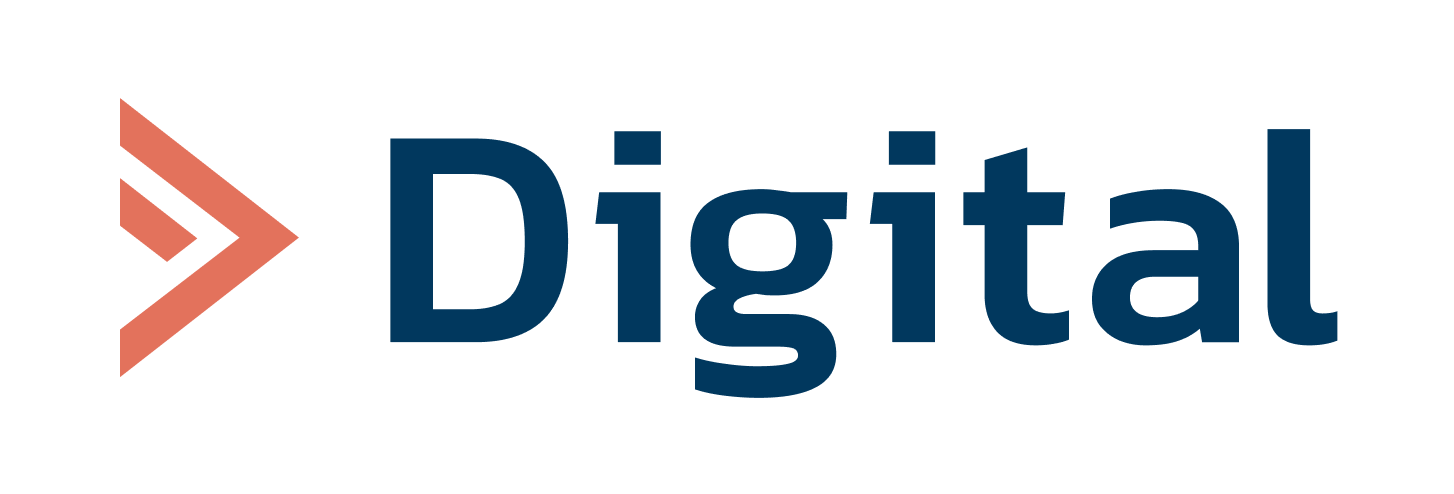This conversation looks at a startup tackling a precise operational choke point: medication-adherence outreach in U.S. ambulatory care and pharmacy settings. Instead of promising to “fix the EMR,” Rivvi positions itself around the messy, human workflows that sit beside it – call lists, spreadsheets, payer feeds – and uses conversational AI to turn those inputs into structured, attributable actions.
As founder Nathan Hayman puts it, the company chose “a different angle of the whole innovation side of the spectrum,” one that optimizes the last-mile of engagement rather than tries to replace core clinical systems. The problem area is both large and measurable: long-term nonadherence hovers around 50% globally, and U.S. per patient cost estimates often cite $5,271 to $52,341 annually. Medicare Part D star ratings explicitly grade plans on pharmacy adherence proxies, such as Proportion of Days Covered (PDC).

“I would say, in the AI health care space, you have legacy digital health companies giving an interface that hasn’t changed in 30 years … they’re raising the money, but the impact’s not really being made to the bottom line, to the physician, to the patient.”
What Rivvi is for
Asked to define the product, Hayman starts with throughput. Health systems and pharmacies know who is non-adherent and who needs help, but their main muscle – manual outreach – rarely scales beyond small teams and low-engagement yields. The challenge is to collect unstructured lists from multiple sources, normalize them, and then let AI conduct structured, rules-bound conversations to elicit refills, side effects, and intent to schedule – only routing the “actionable” to humans.
Nathan Hayman: “Fifty percent of patients with chronic conditions don’t take their medications … traditional outreach – a call center and an Excel sheet – usually gets 5% to 15% engagement. We give those teams the ability to reach out at scale using conversational AI … turning a small team calling 40 hours a week into a team that does nothing but handle notifications when patients want to refill or report side effects.”
The clinical and financial stakes are self-evident – poor adherence is linked to avoidable admissions and worse control in conditions measured by Part D and payer contracts, while PDC≥80% is the operative threshold in star ratings for statins, RAS antagonists, and diabetes medications. Building a toolchain around these measurable endpoints makes ROI attribution straightforward and legible.
To date, Rivvi reports completing over 1 million patient interactions and automating 1.5 million healthcare workflows. In one implementation, a single pharmacist managing 30,000 patients achieved 90% medication adherence rates, with clients typically seeing a 2–3% PDC increase.
Who it serves
Rivvi’s initial customers are organizations with explicit accountability for adherence outcomes: health systems with value-based arrangements, primary-care groups, Medicare Advantage plans, and independent pharmacies that face the same performance expectations without the infrastructure of national chains.
Nathan Hayman: “Medication adherence drives a large portion of star ratings … if you’re not able to do good on medication adherence, you can pretty much say goodbye to a four or five-star rating. Health plans want these things to happen, but getting to the provider to actually execute the action is a huge disconnect – we provide that glue without friction.”
The nuance here is the “payer-to-provider bridge.” Plans often contract vendors to call members directly, but those programs stall when conversations uncover clinical issues, for example, unmanaged side effects. After all, payers aren’t the entity responsible for changing therapy or scheduling a visit. Rivvi’s proposition is to operate within pharmacy and clinic workflows, triaging, escalating, or booking.
Nathan Hayman:“We’re leveraging the existing connections patients have with providers. It’s a better engagement than telling members to download an app and hope they take their meds.”
While medication adherence remains the core use case, the same infrastructure supports diabetes prevention programs, chronic care management, vaccine outreach, and Medicaid enrollment navigation. As Hayman notes: “We don’t have to build new modules for each program – the ability to ingest unstructured data and conduct structured conversations applies across campaigns.” This flexibility allows organizations to leverage behavioral insights across multiple initiatives rather than running siloed outreach efforts.
Reality of EMR-first integration
In many organizations, the outreach work already runs outside the EMR: daily CSV exports for no-shows, payer lists for gaps in care, and emailed Excel files for high-risk cohorts. The “system of action” is often a call center plus spreadsheets.
Nathan Hayman:“If I want to make an impact for every physician in the United States, I need to integrate into every EMR … to be honest, that’s near impossible unless you have a 200-person integration team working day and night.”
“The reality isn’t ‘you integrate with everything and it just works.’ People export from Epic, send to a call center, then hop across systems. We accept data from all of them immediately. It’s not a façade where we say we work with everything and then need 12 months of integration.”
There’s an important architectural choice: normalize unstructured inputs first, generate structured dispositions next, and write-back where feasible later. That sequence matches how adherence is actually operationalized today and avoids stalling on third-party API dependencies or schema change fatigue.
Technology fatigue and adoption
Rivvi’s adoption strategy is to keep physicians out of the UI, design for the staff who already perform outreach, and co-define call scripts, branching, and escalation with those users. Rather than impose a new, parallel process, the platform seeks to compress steps staff already take and only return the moments that require human judgment.
Nathan Hayman:“The last person we want to give another click to is the physician … your physician isn’t calling patients about refills; somebody is. Focus on making their life easier… we sat in person weekly, made calls, asked ‘what do you want us to do if a patient says this?’ User adoption is the product you build from the beginning.”
This approach also sidesteps a common cultural trigger – tools that try to replace the very person they need as a champion. In broader literature, call-center access and timely telephone follow-up are consistently associated with better patient experience and, in some programs, lower readmissions, underscoring why throughput and reach rates matter even before EMR elegance.
Nathan Hayman: “They already have 19 systems. Don’t make them change their workflow; solve the part that’s painful.”
What changed in the last year
Hayman describes a buyer climate that is less tolerant of “flashy AI pilots” and more focused on concrete, near-term results. He points to regulatory and funding pressures, particularly around Medicaid enrollment navigation, creating urgency for automation in outreach and triage. We should note these claims reflect the founder’s vantage point; the specific magnitude and timing of any navigator-funding changes vary by program and state. What is broadly consistent with market signals is the centrality of adherence and medication management in Medicare quality programs and the continued use of PDC≥80% as a performance threshold – factors that keep pharmacy-led outreach squarely tied to revenue and penalties.
Nathan Hayman:“We’re surrounded by ROI … we built around something measurable. The ‘raise a lot of money, run a 12-month AI pilot’ pitch isn’t going to go well in the boardroom now; people want something that works.”
Rivvi is standardizing a narrow, labor-intensive slice – medication-adherence outreach that already lives in spreadsheets and call scripts – and pushing it to scale.


